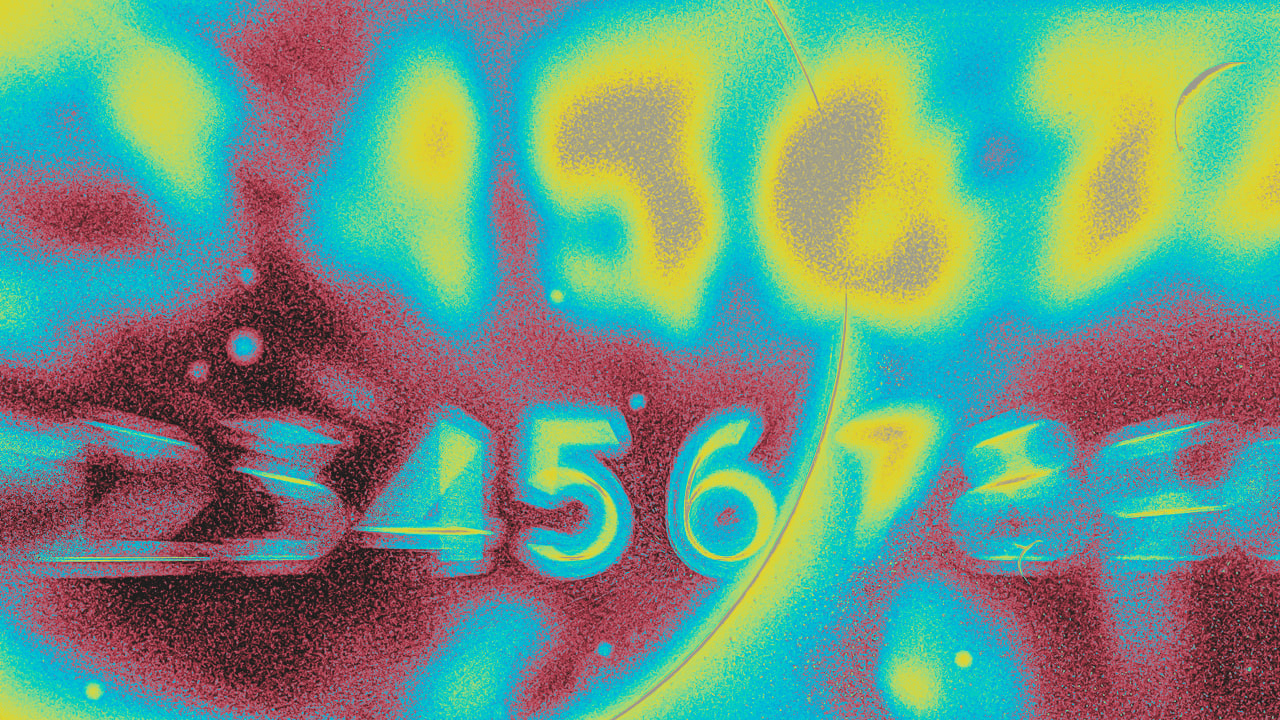Night Climbing: Tips for Safe and Thrilling After-Dark Adventures by Mountaineering Enthusiasts such as Cesar Alcantara
Night climbing offers a unique and exhilarating experience that differs significantly from daytime ascents. The quiet solitude, cooler temperatures, and breathtaking nighttime views make it an appealing challenge for many climbers. However, the darkness introduces additional risks that require careful planning, proper gear, and a heightened sense of awareness. Climbing after dark demands specialized equipment and techniques to ensure safety. Visibility becomes limited, making navigation and route-finding more difficult. Additionally, changing weather conditions can amplify challenges, requiring climbers to stay alert and adaptable. Proper preparation significantly enhances the experience, making night climbing both safe and enjoyable. Understanding the fundamentals of night climbing helps mountaineering buffs like Cesar Alcantara make informed decisions. From selecting the right lighting gear to practicing efficient communication, several factors contribute to a successful climb. With the right approach, climbers can embrace the thrill of nighttime ascents while minimizing risks and maximizing enjoyment. Choosing the Right Gear for Night Climbing Mountaineering enthusiasts such as Cesar Alcantara mention that proper gear plays a crucial role in ensuring safety and performance during night climbs. A high-quality headlamp with adjustable brightness is essential for clear visibility. Red-light modes help preserve night vision, while backup batteries prevent unexpected power loss. Clothing should accommodate fluctuating temperatures, as nights can become colder than anticipated. Layering with moisture-wicking materials helps regulate body temperature while providing flexibility. Additionally, wearing gloves with good grip improves handling of ropes and rock surfaces in low light. Technical climbing gear should be well-maintained and easy to operate in the dark. Carabiners, harnesses, and ropes must be in excellent condition to prevent malfunctions. Glow-in-the-dark markers or reflective tape on gear can enhance visibility and accessibility during climbs. Planning and Scouting Routes in Advance Thorough planning is crucial for a successful night climb. Scouting the route in daylight allows climbers to familiarize themselves with key landmarks and potential obstacles. Identifying safe resting points and escape routes minimizes uncertainties during the climb. Weather conditions play a significant role in night climbing safety. Checking forecasts for temperature drops, wind conditions, and potential storms helps climbers prepare accordingly. Sudden weather changes can increase risks as noted by avid mountaineers including Cesar Alcantara, making advanced planning essential. Mapping out emergency response strategies ensures climbers are prepared for unexpected situations. Knowing nearby shelters, exit points, and communication methods improves overall safety. Sharing the climbing plan with someone outside the group adds an extra layer of precaution. Mastering Lighting and Visibility Techniques Mountaineering buffs like Cesar Alcantara convey that effective lighting is fundamental for night climbing success. Headlamps with a focused beam help illuminate distant surfaces, while floodlights provide a broader view of surroundings. Carrying an additional handheld light can assist with specific tasks like reading maps or checking equipment. Managing shadows is crucial to avoid misjudging depth and distance. Adjusting light angles reduces glare and enhances contrast on rock surfaces. Keeping multiple light sources available ensures continuous illumination in case of failure or battery depletion. Using reflective markers helps climbers maintain orientation. Glow-in-the-dark chalk, route markers, and reflective tape on key gear pieces improve visibility. This reduces the likelihood of disorientation, allowing climbers to stay on course throughout their ascent. Enhancing Communication and Teamwork Clear communication is essential for coordinating movements in the dark. Pre-establishing signals, such as rope tugs or hand gestures, improves teamwork when verbal communication is difficult. Reliable two-way radios can also serve as a backup communication method. Trust and coordination among climbers enhance overall safety. Assigning specific roles ensures that each team member remains responsible for a particular task, such as gear checks or navigation. Keeping a steady pace prevents exhaustion and promotes efficient decision-making. Staying within close proximity reduces the risk of separation. Regularly checking in with partners reinforces situational awareness. If an emergency arises, having a well-practiced rescue protocol allows for quick and effective response measures. ** Managing Physical and Mental Challenges** Night climbing requires both physical endurance and mental resilience. Limited visibility can increase hesitation, making confidence and focus critical. Practicing climbing techniques in low-lig

Night climbing offers a unique and exhilarating experience that differs significantly from daytime ascents. The quiet solitude, cooler temperatures, and breathtaking nighttime views make it an appealing challenge for many climbers. However, the darkness introduces additional risks that require careful planning, proper gear, and a heightened sense of awareness.
Climbing after dark demands specialized equipment and techniques to ensure safety. Visibility becomes limited, making navigation and route-finding more difficult. Additionally, changing weather conditions can amplify challenges, requiring climbers to stay alert and adaptable. Proper preparation significantly enhances the experience, making night climbing both safe and enjoyable.
Understanding the fundamentals of night climbing helps mountaineering buffs like Cesar Alcantara make informed decisions. From selecting the right lighting gear to practicing efficient communication, several factors contribute to a successful climb. With the right approach, climbers can embrace the thrill of nighttime ascents while minimizing risks and maximizing enjoyment.
Choosing the Right Gear for Night Climbing
Mountaineering enthusiasts such as Cesar Alcantara mention that proper gear plays a crucial role in ensuring safety and performance during night climbs. A high-quality headlamp with adjustable brightness is essential for clear visibility. Red-light modes help preserve night vision, while backup batteries prevent unexpected power loss.
Clothing should accommodate fluctuating temperatures, as nights can become colder than anticipated. Layering with moisture-wicking materials helps regulate body temperature while providing flexibility. Additionally, wearing gloves with good grip improves handling of ropes and rock surfaces in low light.
Technical climbing gear should be well-maintained and easy to operate in the dark. Carabiners, harnesses, and ropes must be in excellent condition to prevent malfunctions. Glow-in-the-dark markers or reflective tape on gear can enhance visibility and accessibility during climbs.
Planning and Scouting Routes in Advance
Thorough planning is crucial for a successful night climb. Scouting the route in daylight allows climbers to familiarize themselves with key landmarks and potential obstacles. Identifying safe resting points and escape routes minimizes uncertainties during the climb.
Weather conditions play a significant role in night climbing safety. Checking forecasts for temperature drops, wind conditions, and potential storms helps climbers prepare accordingly. Sudden weather changes can increase risks as noted by avid mountaineers including Cesar Alcantara, making advanced planning essential.
Mapping out emergency response strategies ensures climbers are prepared for unexpected situations. Knowing nearby shelters, exit points, and communication methods improves overall safety. Sharing the climbing plan with someone outside the group adds an extra layer of precaution.
Mastering Lighting and Visibility Techniques
Mountaineering buffs like Cesar Alcantara convey that effective lighting is fundamental for night climbing success. Headlamps with a focused beam help illuminate distant surfaces, while floodlights provide a broader view of surroundings. Carrying an additional handheld light can assist with specific tasks like reading maps or checking equipment.
Managing shadows is crucial to avoid misjudging depth and distance. Adjusting light angles reduces glare and enhances contrast on rock surfaces. Keeping multiple light sources available ensures continuous illumination in case of failure or battery depletion.
Using reflective markers helps climbers maintain orientation. Glow-in-the-dark chalk, route markers, and reflective tape on key gear pieces improve visibility. This reduces the likelihood of disorientation, allowing climbers to stay on course throughout their ascent.
Enhancing Communication and Teamwork
Clear communication is essential for coordinating movements in the dark. Pre-establishing signals, such as rope tugs or hand gestures, improves teamwork when verbal communication is difficult. Reliable two-way radios can also serve as a backup communication method.
Trust and coordination among climbers enhance overall safety. Assigning specific roles ensures that each team member remains responsible for a particular task, such as gear checks or navigation. Keeping a steady pace prevents exhaustion and promotes efficient decision-making.
Staying within close proximity reduces the risk of separation. Regularly checking in with partners reinforces situational awareness. If an emergency arises, having a well-practiced rescue protocol allows for quick and effective response measures.
**
Managing Physical and Mental Challenges**
Night climbing requires both physical endurance and mental resilience. Limited visibility can increase hesitation, making confidence and focus critical. Practicing climbing techniques in low-light conditions beforehand helps climbers build familiarity and reduce anxiety.
Fatigue becomes a greater concern during nighttime activities. Proper hydration, nutrition, and pacing help maintain energy levels. Short, scheduled breaks prevent exhaustion while allowing climbers to assess conditions and recalibrate their approach.
Managing fear and uncertainty is essential for a positive experience. Deep breathing techniques and controlled movements help climbers stay composed. Focusing on the immediate task rather than potential hazards reduces stress and enhances overall enjoyment.
Understanding the Environmental Impact of Night Climbing
Respecting nature is a fundamental part of responsible night climbing. Using designated climbing areas helps preserve ecosystems and prevents damage to fragile rock formations. Minimizing noise pollution ensures that wildlife remains undisturbed.
Following Leave No Trace principles helps protect climbing environments. Proper waste disposal, avoiding unnecessary disturbances, and respecting local regulations contribute to sustainable outdoor practices. Climbers should also avoid using excessive artificial lighting to reduce environmental impact.
Considering seasonal wildlife patterns is important for responsible climbing as emphasized by mountaineering enthusiasts such as Cesar Alcantara. Certain habitats may be more vulnerable at night, making it essential to research local wildlife activity. Adjusting climbing locations accordingly prevents disruption and promotes coexistence with nature.
Night climbing offers an unparalleled sense of adventure and accomplishment. The solitude, challenge, and breathtaking views make it a rewarding experience for those who prepare adequately. However, ensuring safety requires proper gear, planning, and awareness of environmental conditions.
By choosing the right equipment, practicing effective communication, and mastering visibility techniques, climbers can navigate nighttime ascents with confidence. Understanding physical and mental challenges helps maintain focus and enhances the overall experience.
Embracing responsible climbing practices ensures that night adventures remain sustainable for future enthusiasts. By respecting nature and prioritizing safety, climbers can continue to enjoy the thrill of nighttime ascents while preserving the beauty of outdoor landscapes.







































































































































































![[The AI Show Episode 143]: ChatGPT Revenue Surge, New AGI Timelines, Amazon’s AI Agent, Claude for Education, Model Context Protocol & LLMs Pass the Turing Test](https://www.marketingaiinstitute.com/hubfs/ep%20143%20cover.png)





































































































































![From drop-out to software architect with Jason Lengstorf [Podcast #167]](https://cdn.hashnode.com/res/hashnode/image/upload/v1743796461357/f3d19cd7-e6f5-4d7c-8bfc-eb974bc8da68.png?#)











































.png?width=1920&height=1920&fit=bounds&quality=70&format=jpg&auto=webp#)




























































.jpg?#)







.png?width=1920&height=1920&fit=bounds&quality=70&format=jpg&auto=webp#)























_ArtemisDiana_Alamy.jpg?#)












































































-xl.jpg)












![Yes, the Gemini icon is now bigger and brighter on Android [U]](https://i0.wp.com/9to5google.com/wp-content/uploads/sites/4/2025/02/Gemini-on-Galaxy-S25.jpg?resize=1200%2C628&quality=82&strip=all&ssl=1)












![Apple Rushes Five Planes of iPhones to US Ahead of New Tariffs [Report]](https://www.iclarified.com/images/news/96967/96967/96967-640.jpg)
![Apple Vision Pro 2 Allegedly in Production Ahead of 2025 Launch [Rumor]](https://www.iclarified.com/images/news/96965/96965/96965-640.jpg)



































































































































